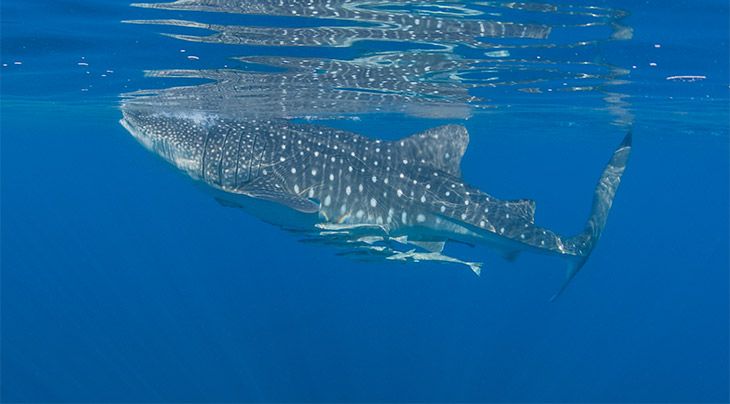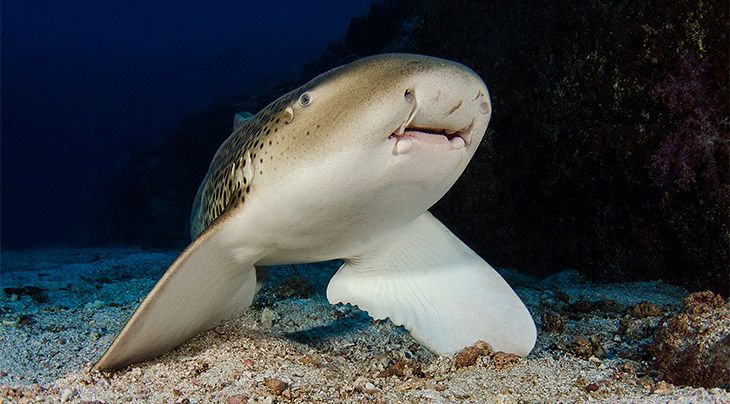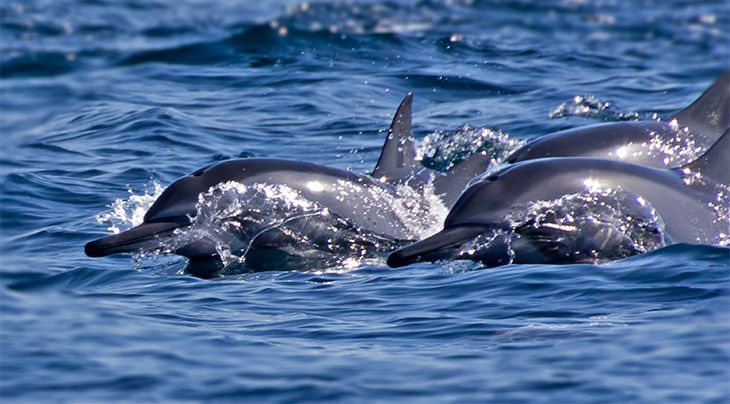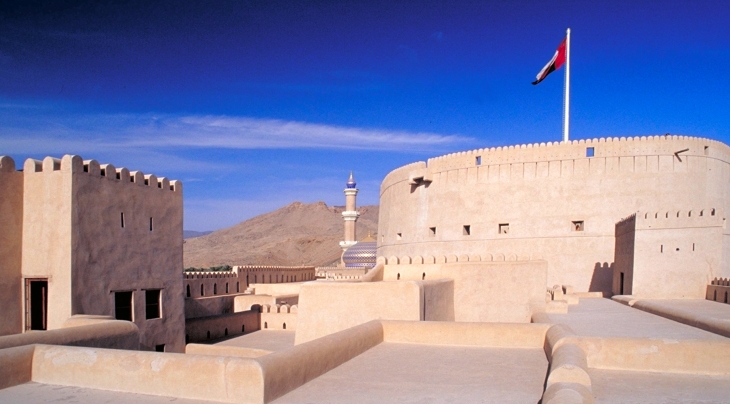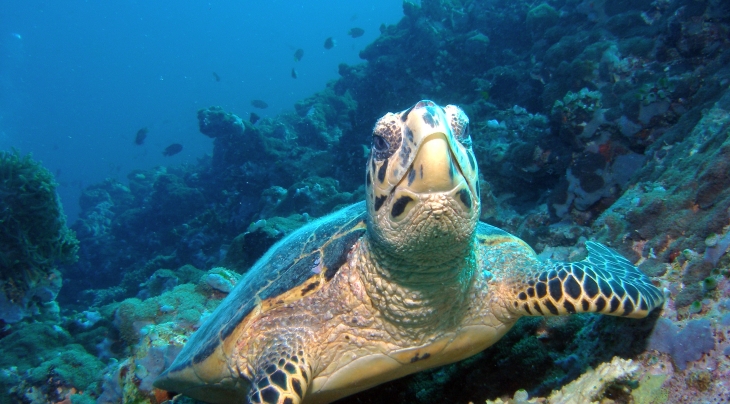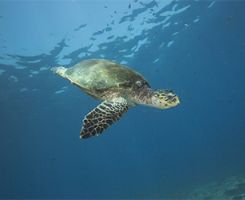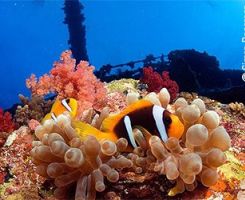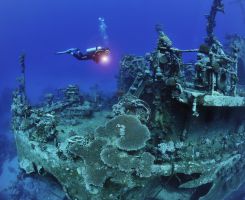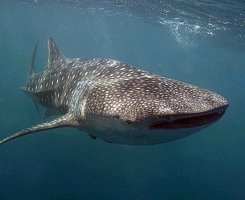- More More
- Blog
- Inspire me
- Groups
- Offers More
- Dive Courses More
- Liveaboards
More

Liveaboard Trips
On-board accommodation offering the opportunity to live right over the dive sites and to experience secluded dives...
Diving regions...
- LATEST AVAILABILITY BY REGION
- Red Sea availability
- Maldives availability
- Indonesian availability
- Socorro Mexico availability
- Galapagos availability
- ALL LIVEABOARD DIVING REGIONS
- Bahamas
- Bikini Atoll
- Caribbean
- Cocos Island
- Destinations
MoreDIVING REGIONS...
Our Top destinations....Why not try....
Find a trip
- Resort
- Liveaboard
Oman
Oman Facts...
Area: 212, 500 km²
Population: 2.9 million
Language: Arabic, English, Farsi
Time: GMT + 4
Electricity: 220 / 240v, 50Hz, British style 3 pin plug
Find your perfect Oman liveaboard adventure >
Enjoy the best of both worlds, above and below the water >
Just 7 hours away from the UK, Oman is situated on the south-eastern corner of the Arabian Peninsula and was until recently something of an enigma, closed off to the outside world. Over the past few years the country has opened its borders to travellers and is rapidly gaining a reputation for the quality and variety of its diving.
Oman enjoys great natural assets. Breathtaking mountains plunge directly into the Arabian Sea along large sections of the country's 1700 km of coastline. Once inland, the mountains give way to extensive sand dune fields, desert and forts. The country has a rich history, much of which is visible to visitors.
Oman Marine Life
Whilst there are regional variations, Oman's waters are best known for the following: Sting, Eagle and Torpedo Rays, some species of reef sharks, especially Leopard sharks; a wide variety of Moray eels, especially honeycomb, pepper and yellow mouth; Green and Hawksbill turtles; Spiny lobster, Snake eels, Nudibranchs, Squid and Cuttlefish, Porcupine, Lion and Scorpion fish. Regular reef and schooling fish include Batfish, Parrot fish, Angel fish, Trevalli, Snapper and Barracuda.
Whale sharks can be seen during the summer months around the Daymaniyat Islands. Whilst infrequent, the odd Sun Fish (Mola Mola) has been observed in Omani waters, as well as an elusive seahorse or two!
Coral growth is generally exceptionally healthy, with boulder coral, whip coral, staghorn coral, orange cup coral and cabbage coral to name a few.
These waters are very plankton rich and therefore water visibility may be less that you have experienced in other areas of the world.
Diving in Muscat & the Daymaniyat Islands
Divers of all experience levels can enjoy the dive sites accessible from Muscat, the capital of Oman, and the coastline that leads south from here. The diving is mostly well established, with over forty recognised sites including the renowned Daymaniyat Islands, Bandar Khairan, and Fahal Islands. There are few currents and dives range in depth from ten to thirty metres, along coral flanked stony walls. Plankton rich waters attract a large amount of marine life, which includes many pelagic species.
Dive boats occasionally encounter both Pilot whales and Whale sharks. Five species of turtle are found in Omani waters, including the elusive Hawksbill. In addition to turtles, divers often see both Devil and Eagle rays. The sheer amount of life and quality of strongly coloured corals found on the reefs of Oman leaves the most lasting impressions on the memories of most divers.
Diving in Salalah and Mirbat
Situated in the southern area of Oman's Dhofar region, the unspoilt coastline, stretching as far as the eye can see, offers sheltered bays to explore in an area steeped in history and heritage. Set against the stunning backdrop of deserted beaches and the high Jebel Al Qara rising steeply out of the Dhofar mountain chain, this area offers a level of excitement and adventure hard to find in other destinations so close to home.
Small kelp forests can be seen during the Summer months, fed by the thermocline rich waters which gradually die out in the latter weeks of September and early October. Due to local prevailing conditions, these dive sites are only open to divers seasonally from October to May. It remains a beautiful area to visit outside of this time, but you are not guaranteed to be able to dive every day though the dive centres remain operational. From May, the northern edge the monsoon creates a phenomenon called the 'khareef', bringing in moisture rich winds turning the beautifully barren desert plateaux and gullies verdant green.
Read more about Diving in Oman
Diving in Musandam
The Musandam peninsula is separated from the rest of Oman by the United Arab Emirates. Geographically, the area is characterised by large sawtooth mountains, which fall dramatically into the sea.
The coastline itself is carved into countless fjords, bays and islands. The stunning scenery above the surface is reflected underwater by impressive drop-offs and an incredible diversity of healthy corals and strong currents.
Reefs & Diving
The waters surrounding Musandam and the Strait of Hormuz provide very fine coral reef diving. Plankton rich waters attract over 900 species of fish, ranging from cleaner wrasse through to whale sharks. There are over 30 established dive sites within 60 minutes boat ride, subject to local conditions.
The dive sites themselves range in character from walls to extensive coral gardens. The diving here is almost exclusively drift diving. The combination of plankton and strong local currents attract a great range of pelagic species, which includes both manta and eagle rays, along with whale sharks. Boats are often accompanied by dolphins, which like the calm waters of Musandam’s fjords. Numerous shark species can also be encountered, as well as most species of turtle.
The trade-off for the high concentrations of larger marine life is underwater visibility, which typically lies in a range from 10 and 30 metres.
The dive sites of Musandam deliver world-class adventurous drift diving to experienced divers. Although the area is remote, access is via a non-stop 7-hour flight into Dubai from a variety of British airports.
Twin Centre Holidays & tours
Muscat makes an ideal twin centre destination and can be twinned with Mirbat in Oman's south. (Mirbat: Late October to early May only.)
To see a little more of this fascinating country, why not combine diving with a number of tours that are available. Full details and prices can be provided for any of the tours listed below:
- A Glance of Oman – 3 nights / 4 days
- Discover Oman – 5 nights / 6 days
- Encounter Oman – 3 nights / 4 days
- Glimpse of Oman – 4 nights / 5 days
- Hidden Treasures of Oman – 7 nights 8 days
- Imperial Tours 5 nights / 6 days
- Mountain, Desert & Beach – 3 nights / 4 days
- Oman’s Highlights – 6 nights / 7 days
Oman's Resorts
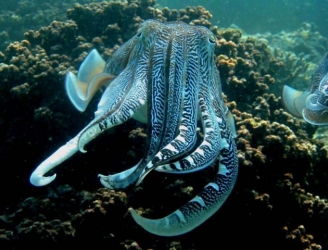
Muscat
Muscat is a great base from which to explore Oman and offers a variety of diving opportunities both out of the city itself...
VIEW DETAILS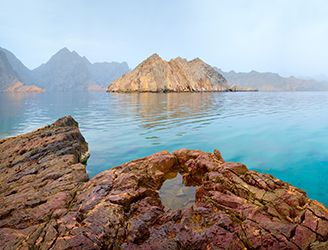
Musandam
Musandam, where the Arabian Gulf meets the Gulf of Oman, offers breathtaking dives through the Strait of Hormuz. Explore v...
VIEW DETAILSSalalah & Mirbat
Situated in the southern area of Oman's Dhofar region, the unspoilt coastline, stretching as far as the eye can see, offer...
VIEW DETAILS

